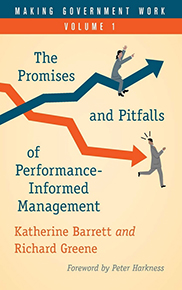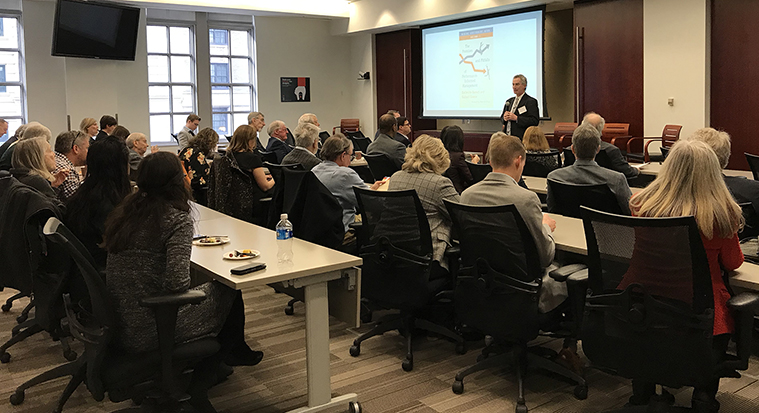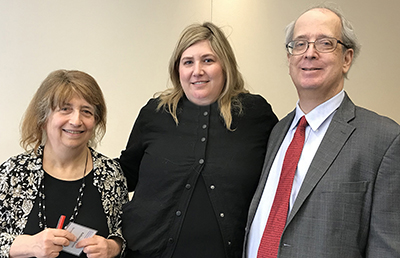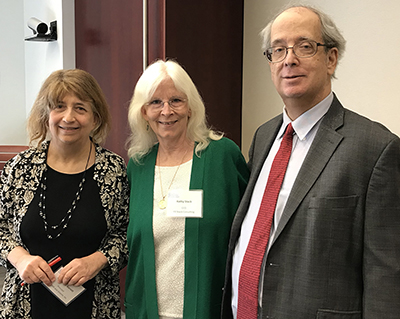
What makes for effective and efficient performance management?

We spent some time, ourselves, relating some of the anecdotes of our book (which can be purchased on the home page of our website or elsewhere).
Here are a few of the themes of the book, accompanied by anecdotes we particularly like:
- Out of Date Measures – While many of the measures on Virginia’s website are timely , in March 2019 when we looked, the Virginia Economic Development Partnership’s reporting of the number of new jobs created by new and existing companies – a figure that was billed as an annual account – provided information only up to 2016. The Department of Health Measures only provided 2015 figures, possibly due to dependency on molasses-like federal reporting.
- Unrealistic expectations - While there may be nothing wrong with creating performance management programs that will require a lot of work (they all do), it’s not so wise to paraphrase“Man of La Mancha,” in its song “To Dream the Impossible Dream,” and pass the ununforcable statute.
- Watch out for performance programs which over-rely on accountability rather than improving performance. Years ago, we grew acquainted with a narcotics detective In the New York City Police Department. A harbinger of so-called “stat” programs was the still relatively new Compstat, in which high-level police officers met with their superiors, all the way to the top to be questioned about instances in which they hadn’t met or exceeded their goals.
These were not easy-going performance discussions, but often turned into professionally threatening environments. Our friend – and remember, this is a guy who was used to confronting heroin dealers in dark corners -- told us the pressures he felt were counterproductive, and potentially led to officers being physically ill because of the pressure. That kind of environment can lead to subtle or not-so-subtle number fudging rather than being hung out to dry in public.
- One last example for now. Though a whole variety of measures can be useful, it’s important to start with a clear sense of the goals toward which they are aimed. Our friend Sharon Erickson, the recently retired auditor of San Jose shared a story about a time when the emphasis in the city was on cleaning more sewage pipes. The city appeared to be improving its performance by cleaning the pipes that were already in pretty good shape which was good for its measurements. It doesn’t take nearly as long to clean a clean pipe as it does a dirty one.
When the city focused closely on the more important reason to clean pipes – to prevent sewer overflows – the strategy changed. Analysis showed that it was not necessarily major pipes that caused the damage, but smaller and older ones that tended to get clogged. By cleaning fewer pipes – but the right ones – the city has seen its sewer overflow problem slowly decrease.
The IBM Center gave us – and our co-panelists Donahue and Gottesman – a forum from which to tell these stories. Our own goals for this session was to help communicate the messages we found to be most important in writing the book. We hope we accomplished that. We also wanted to sell some books, largely through a ripple effect from the attendees.
Let’s see what happens.









